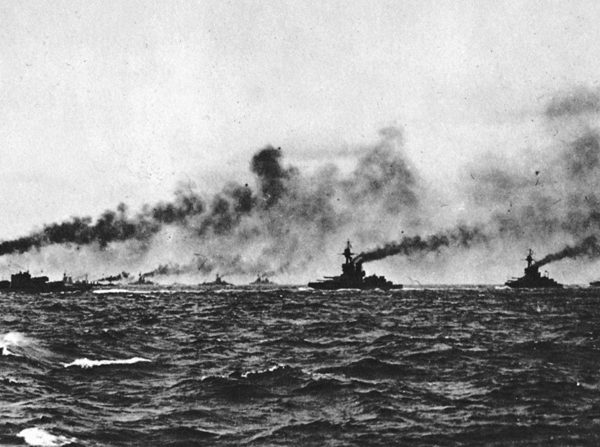Battle of Jutland
This battle, across the space of just 48 hours (May 31-June 1, 1916) near Denmark in the North Sea, was fought between the British Royal Navy Grand Fleet under the command of Admiral Sir John Jellicoe and the Imperial Germany Navy High Seas Fleet under Vie-Admiral Reinhard Scheer.
Considered the biggest and only full-scale naval battle of the First World War, it was also the last battle of its kind in history.
The intention of the Germans was to lure the British into the Jutland Peninsula as a trap, as the Germans had less battleships available to engage the British in open water. The British were keen to continue to ensure open shipping channels for Allied supplies to Europe.
After being drawn to the area, the British managed to avoid German submarine attack and surprise the German sea fleet. However, the Germans then made a good pursuit.
At the end, both sides claimed they had won the battle. The British lost more boats and double the amount of crew as the Germans, but had contained the enemy fleet. By the end of 1916, the Germans had reinforced its policy of trying to avoid any further full-fleet contact with the British and eventually accepted that it would turn to submarines as their main weapon against Allied ships.



